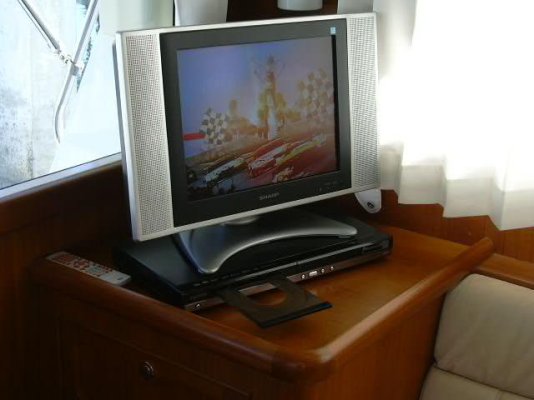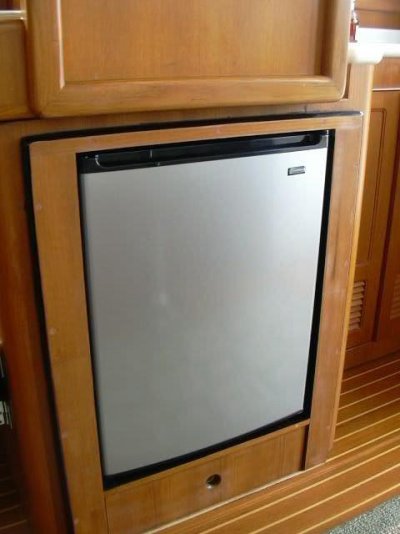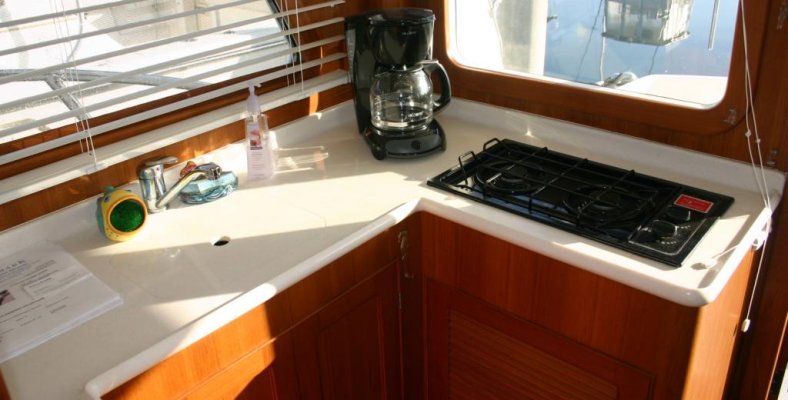Codger2
Guru
- Joined
- Oct 11, 2007
- Messages
- 6,691
- Location
- US
- Vessel Name
- Circuit Breaker
- Vessel Make
- 2021..22' Duffy Cuddy cabin
My boat has a 3000 Watt inverter but has very little AC requirements.(eg) TV, U-Line Icemaker, microwave, two lamps, coffee maker and a small AC refrigerator. My question is this: <u>When running, can I leave the inverter on to service the frig and icemaker and will the alternator keep up with whatever battery juice I'm expending. </u>(I'm not sure what the alternator's output is and I don't have a generator on board.) Not being electrically competent,
I seem to be anal over protecting my battery supply. (3
 AGMs) One dedicated to engine start and two for the house. I'm thinking about adding a cruise generator but am not convinced that I really need it! My goal, while cruising, is to "keep the beer cold, have ice for the cocktails and make an occasional cup of coffee." I don't want to haul ice for the cooler every time I go out.
AGMs) One dedicated to engine start and two for the house. I'm thinking about adding a cruise generator but am not convinced that I really need it! My goal, while cruising, is to "keep the beer cold, have ice for the cocktails and make an occasional cup of coffee." I don't want to haul ice for the cooler every time I go out.
I seem to be anal over protecting my battery supply. (3



